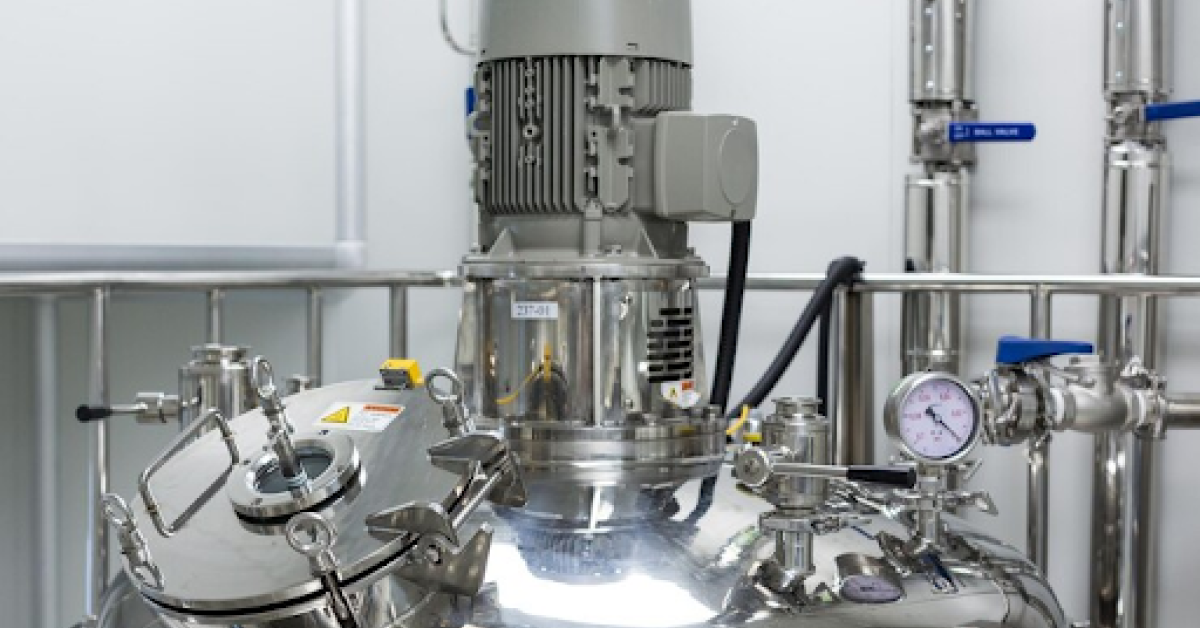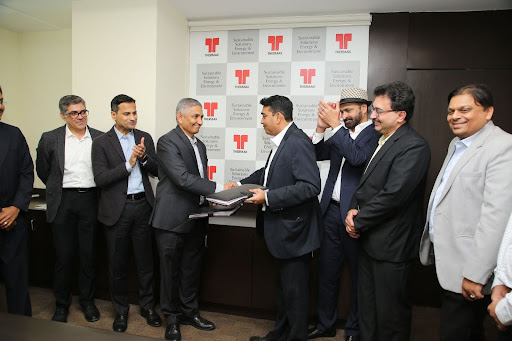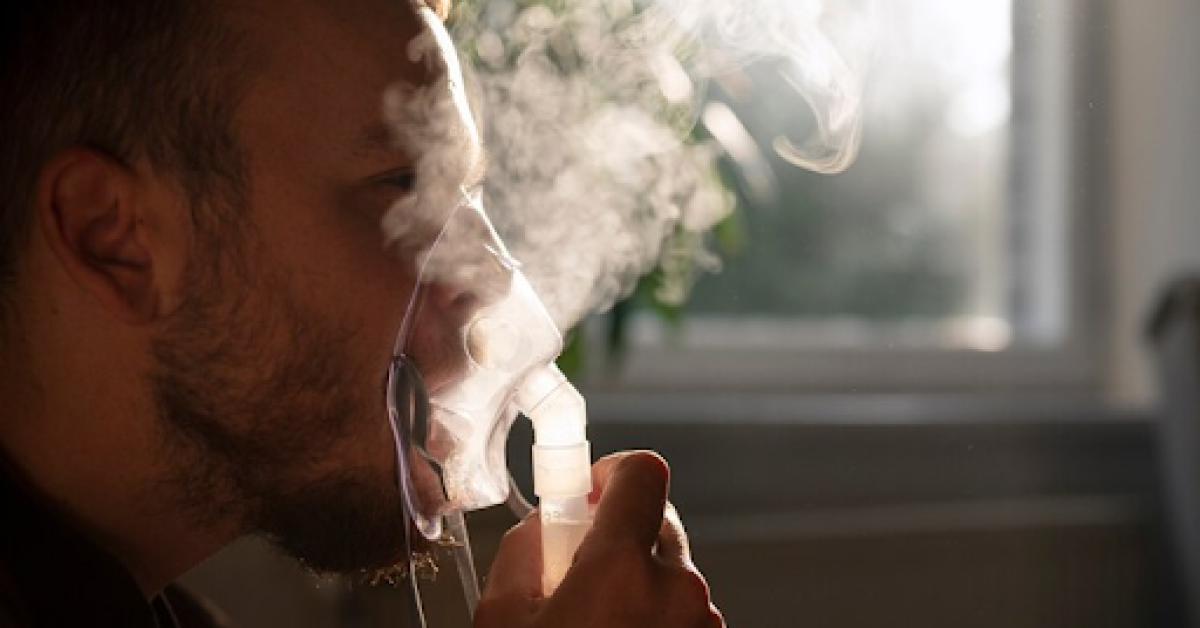As a universal solvent, water plays an important role in manufacturing drugs in the pharmaceutical industry. WFI is one of the most significant uses of water in pharma. WFI, simply put, stands for Water for Injection. Let us discuss what is water for injection(WFI) and WFI generation process further.
What is Water for Injection (WFI)?
Water for Injection(WFI) is a pharmaceutical grade of pyrogen-free water that is largely used in medicines administered intravenously and comes directly in contact with the patient’s bloodstream. Thus, understandably it needs to be free of bacterial endotoxins.
In fact, owing to its highly sensitive use case, water for injection has to meet extremely stringent standards of quality set forth by international regulatory bodies with strict validation requirements for Water for Injection(WFI) generation systems. While there are some variations to this process, water for WFI is usually checked for:
- Character (Appearance)
- Conductivity
- Heavy Metal
- Nitrates
- Total Organic Carbons (TOCs)
- Bacterial Endotoxins
- Total Viable Aerobic Count
What is Water for Injection(WFI) Used For
As the name suggests, Water for Injection or WFI is mostly used as a parenteral solution for administering medicines to patients intravenously. However, it is not just limited to that. WFI is also used to clean anything that may come in contact with the medicine, such as ampoules, caps, vials, and other equipment the medicine is exposed to during manufacturing or storage.
Water For Injection (WFI) Generation Process
Water for Injection (WFI) generation process traditionally involves distillation. Some Water for Injection(WFI) generation systems these days are also choosing reverse osmosis based on their specific requirements or capabilities. The objective of all these processes is, however, the same – taking purified water and further treating it to meet the standards of WFI.
The distillation process for Water for Injection (WFI) includes the following two primary methods:
- Multiple Effect Distillation
- Vapour Compression Distillation
Both methods are accepted by all the leading pharmaceutical bodies as a valid Water for Injection (WFI) generation process.
Multiple Effect Distillation
For Multiple Effect Distillation, a plant sets up a Multiple Column Design that generates, uses, re-uses steam and cool water to obtain Water for Injection.
During the Water for Injection (WFI) generation process, the feed water is made to pass through a heat exchanger, which transforms it into a gaseous state and the latent heat then helps it to get to the next separator. Then the water passes through a setup that uses centrifugal force to trap the suspended particles and pyrogens. The resultant product is sterile steam. After going through the heating process again, it finally moves to the condensation process.
In the condenser, the steam is returned to its liquid state, tested for bacterial endotoxins and other pyrogens, and finally stored in tanks.
It is important to note that the number of columns in a MED design does not determine the final quality of the output. A higher number of columns simply translate to lower resource consumption.
Advantages of Multiple Effect Distillation
MED is one of the most commonly used methods to obtain Water for Injection. It offers a substantial number of advantages which include:
- Lower Operational Cost
- Safe, High-Quality Output
- Flexible Operations
- Easy Maintenance
Vapour Compression Distillation
Compared to MED, VCD is a more mechanical process involving many moving parts such as a compressor that uses pressure to facilitate the evaporation of water.
In Vapour Compression Distillation, the feed water first enters a feed heater which pre-heats the water before evaporation. The setup also includes a distillate and blowdown cooler to minimise strain on the water. The preheated water then enters a decarbonator which separates non-condensable impurities from the water, and then it is finally moved to the evaporator.
In this stage, the water is boiled with the help of heated coils, and the resultant steam is collected in a tube. A demister then removes the entrained droplets, and the pure vapour condenses on the outside of the tube as distillate and collects in a proper vessel.
This distilled water is then pumped through a cooler, and the resultant product of the procedure is Water for Injection.
Advantages of Vapour Compression Distillation
Some of the most recognised advantages of VCD include:
- Lower Energy Consumption
- Can Accommodate Low-Quality Feed Water
- No Need for Cooling Water for Condensation
- Low Maintenance
- High-Pressure WFI Outflow
- Flexible Capacities
Other Processes
While not as popular or commonly used as MED and VCD, Water for Injection is also obtained through the process of Single Effect Distillation and Reverse Osmosis.
Single Effect Distillation
In this process, the feed water is heated to produce saturated steam. The droplet entrainment is controlled using gravitational and centrifugal principles to separate non-condensable matter. The result is dry and pyrogen-free steam which can be further converted into Water for Injection with the help of condensation.
Single Effect Distillation is a great option for facilities with limited demands or budgets that want to produce both pure steam and WFI at the same time.
Reverse Osmosis
While reverse osmosis is the primary method for obtaining purified water for pharmaceutical operations, the membrane-based reverse osmosis method is also gaining momentum as an efficient process for manufacturing water for injection.
The process of reverse osmosis enjoys multiple advantages, which has led to its popularity of the process in recent times. Some of those advantages include:
- Reduced Capital Cost
- Does Not Require Steam or Cooling
- Flexible Resultant Product (Can be used for plants that manufacture both purified water and Water for Injection)
- Perfect for Facilities That Employ Single-Use Technology
For reverse osmosis, the water is pre-treated with chlorine, activated carbons, etc, to remove specific contaminants. The pre-treated water is then passed through membranes at a tangent which allows water with lower ions to pass through and traps the water with higher ions. Care is also taken to ensure that the membranes are thoroughly sanitized to eliminate the risk of contamination.
Water for Injection (WFI) can be manufactured by using any of the above-mentioned processes depending on the end-use requirements and the capabilities of the manufacturing plant. However, the objective remains the same – to ensure safest possible conditions for the manufacturing process and generate water that is safe to be introduced to the bloodstream of patients.
TSA has been one of the most trusted names in the industry for Water for Injection(WFI) generation systems for several years. Our Multi-column Distillation Plant is a uniquely efficient purification system. With flow rates ranging from 80 LPH to 5000 LPH it delivers optimised purity for your advanced sterile processes (WFI).





